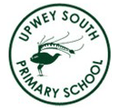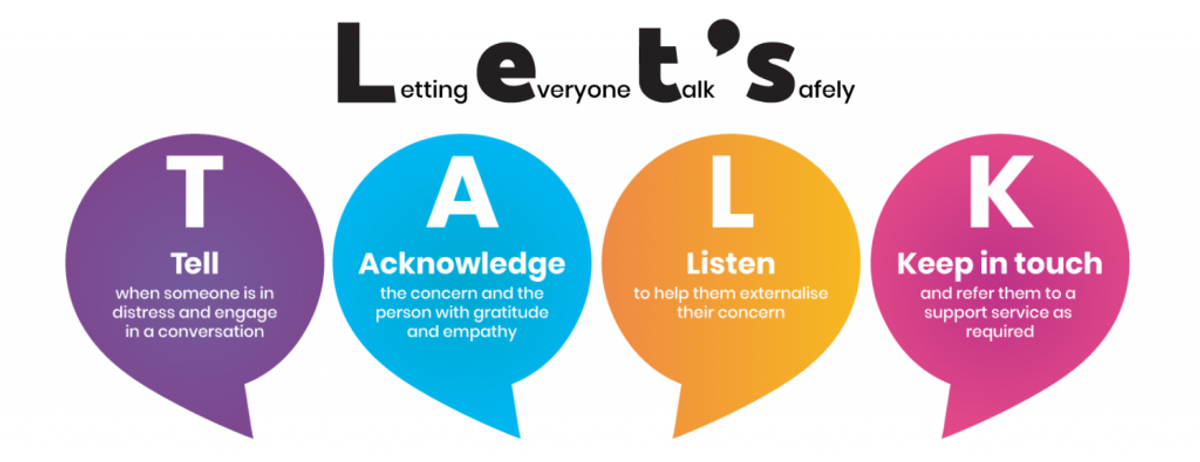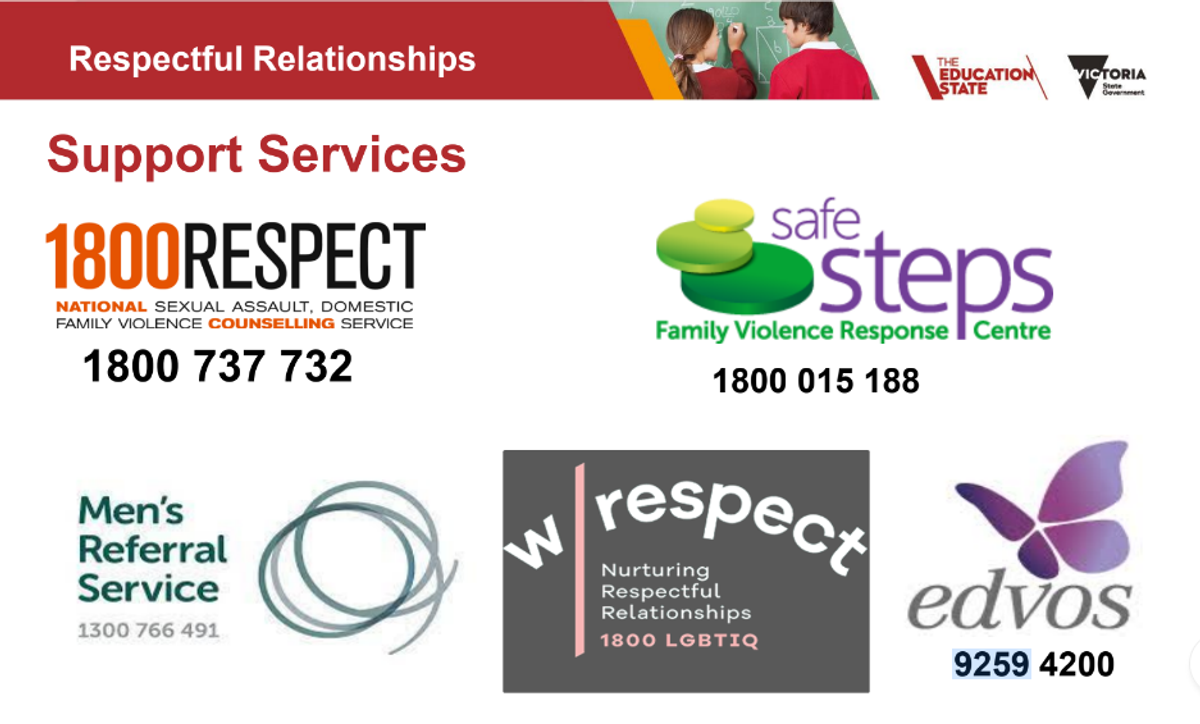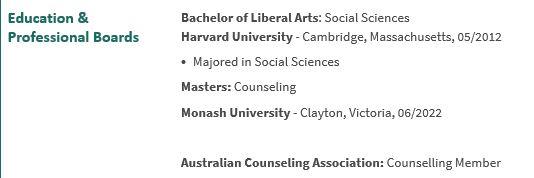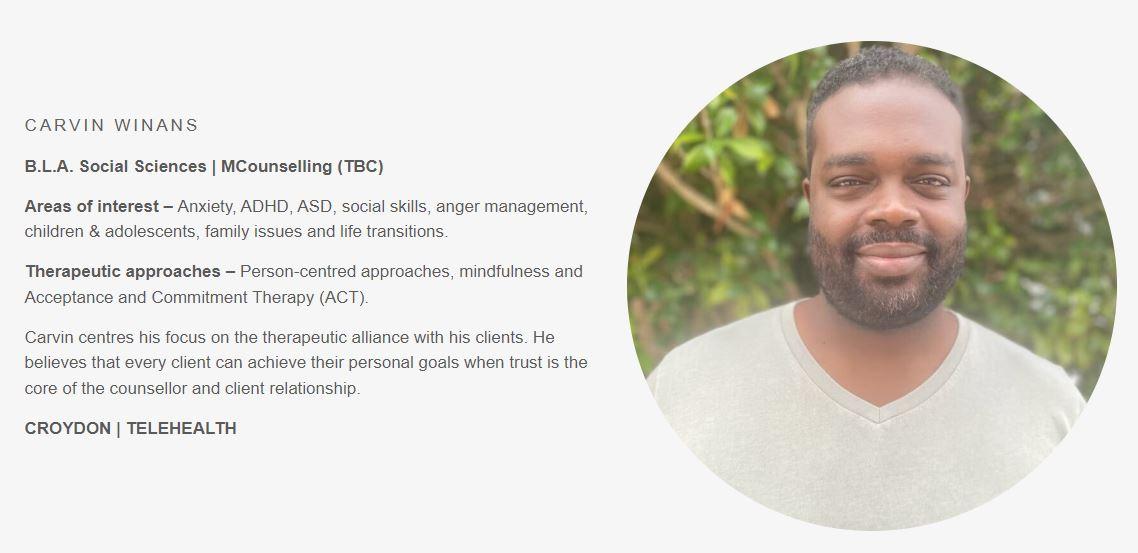Climate and Culture- Social Emotional Wellbeing & Learning
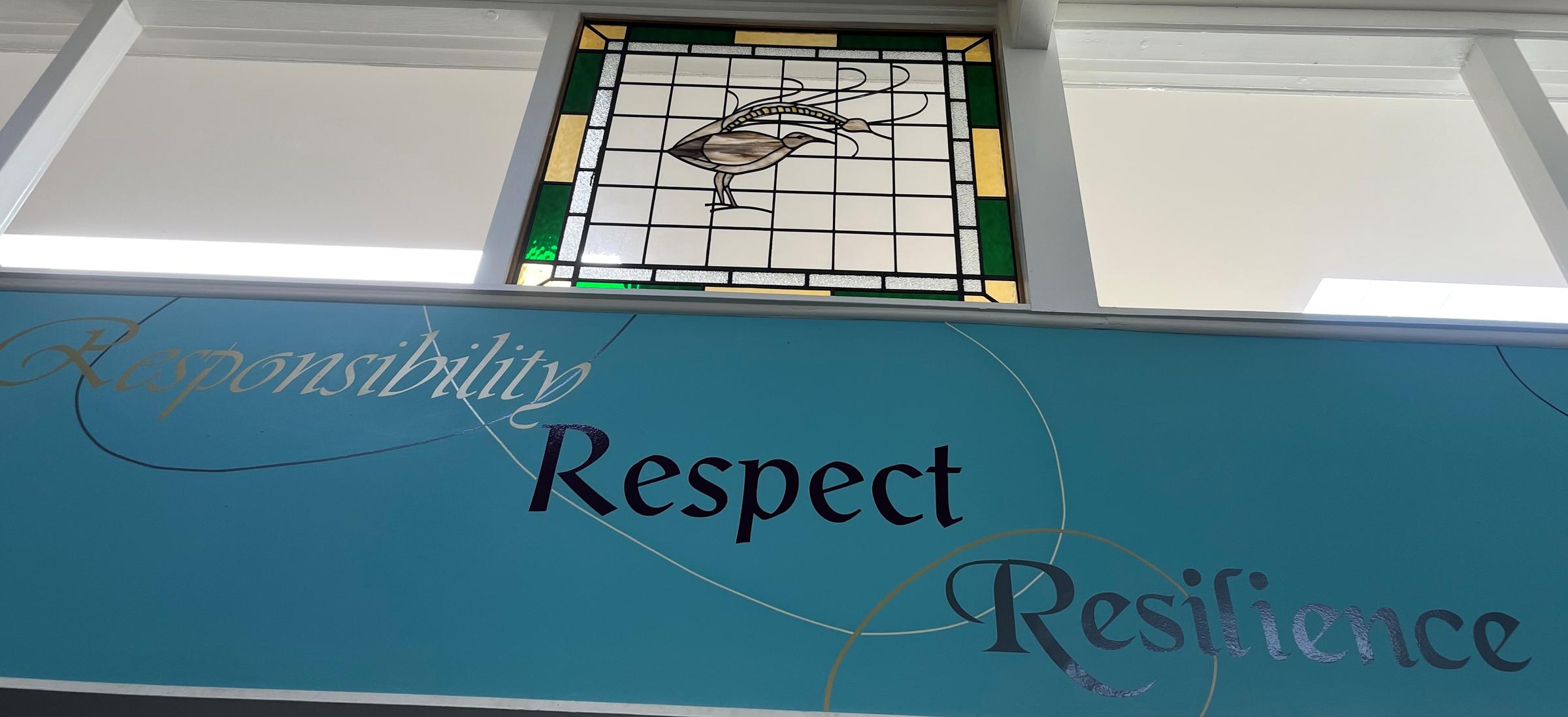
Communicating with the SWPBL Climate and Culture Team
If you have any questions relating to our SWPBL framework, please email:
Stacey Bowles: stacey.bowles@education.vic.gov.au
Llewela Humphries: llewela.humphries@education.vic.gov.au
Damien Kitch: damien.kitch@education.vic.gov.au
What's on this page: NDA / Let's Talk / Support services (whole family) / Counselling services - Carvin Winans
National Day of Action against Bullying and Violence
The NDA is Australia’s key bullying prevention initiative for schools, encouraging whole-school communities to work together to implement evidence-informed positive and proactive solutions to prevent and address bullying. In 2023, this day will be Friday 18th August.
Below is some information that families can use, which may assist you supporting your children.
How families can respond to bullying
Schools can be much more effective when parents report bullying and support their efforts to deal with it. If your child reports that bullying is occurring at school, or the bullying involves students from the school outside of school, you should let the school know the situation. Working together with the school is the best way to help your child resolve bullying issues. Schools will work with you to resolve the situation and will also work with the other student's parents. Due to privacy laws, they will not be able to share information about any other students involved.
Tips for contacting the school
Remain calm and focus on being constructive (even if you feel upset). Prepare by:
- checking your school website for any information regarding their policy or procedures for managing bullying
- making a time to talk with your child's teacher, principal, school counsellor or guidance officer
- writing notes (and any other records) based on what your child has told you so you can be as clear as possible about what happened.
Tips for working with school staff
Continue to be calm and constructive. In the first instance contact your child's teacher if possible. During meetings with staff:
- refer to your written notes to be as clear as possible about what happened and write notes of the discussions with your child's teacher or other staff
- ask what steps will be taken and if a plan is to be developed with home and school strategies
- recognise that investigating the situation at school will require time
- stay in touch with the teacher and let them know if problems continue or something new happens.
Talking about bullying
Children and young people who know what bullying is, and know what to do about it if it happens, also know they are not alone in dealing with it. They know that parents and school staff will be willing to help if needed. Don't wait for bullying to happen to talk about it.
Use opportunities in conversation
Parents and teachers can use the opportunities that arise to talk with children and young people about how people behave in various social situations and how people get on with each other. If a child or young person tells you about things at school or you observe something in public that involves conflict or bullying, and if it is appropriate, take the opportunity to talk about what bullying is.
Talk about what bullying is before it happens so children can recognise it and know what to do.
First, make sure you have a clear idea yourself by checking out the formal definition of bullying. You can also find information about the definition of bullying in the fact sheets attached below or on the NDA website (link below). Point out that bullying is not just when someone is mean to you once, but it happens repeatedly and makes you feel like you can't stop it. You could use some of the following questions to support your discussion.
- What do you think 'bullying' is?
- Have you seen bullying happening? What did you do? How did you feel?
- Why do you think some people bully other kids?
- Who are the adults you would talk to when it comes to things like bullying?
- Has someone tried to bully you? What ways have you tried to change it?
- What do you think parents can do to help stop bullying?
- Have you or your friends left other kids out on purpose? Do you think that was bullying? Why or why not?
- Have you ever tried to help someone who is being bullied? What happened? What would you do if it happens again?
Tell children that bullying can happen to anyone but it is never okay. Talk about how to respond to bullying safely. Make sure children know what to do if it happens to them or they see it happening to someone else.
Most importantly, let children know how to get help if bullying happens.
Encourage them to speak to an adult if it happens and to keep asking for help if the bullying doesn't stop. Talk with children and young people about how they might handle other challenging social situations as well. Parents and carers have an important role to help children and young people learn how to manage their own feelings and to work out how to disagree with other people in appropriate ways. Everyday activities and issues can be valuable learning opportunities.
Words to avoid
Try to avoid using terminology such as 'bully' or a 'victim'. Although these words are often used in the media, they are not very helpful in describing the behaviour being displayed or in finding evidence-informed solutions.
Talk about bullying with the understanding that children and young people are growing and still learning how to be effective members of the community.
When you talk about bullying, focus on more appropriate ways to act with others and positive ways to get on with other people. Children can modify their behaviour with support from parents and teachers. If the labels of 'bully' or 'victim' stick, it can make it harder for them to change. Using these words can suggest that bullying and being bullied are due to unchangeable things about the children involved. The labels of 'bully' or 'victim' can also cause further harm if a child accepts them as part of their social identity.
Keep communication open
Children and young people are more likely to ask for advice and help with problems if they think adults are interested in them and their concerns. When parents and carers spend time on a regular basis asking about what happened during the day and show genuine interest in their feelings and experiences, children will know that they can talk to their parents if they have a problem. Check in with children often. Listen to them. Know their friends, ask about school and understand their concerns. Ask them about issues they tell you about but don't feel like you always have to jump in to solve their problems. Instead, you can ask them what they think they can do about it. It is important to be aware that children sometimes 'shut down' and become reluctant to talk if they are experiencing bullying and don't know what to do. Be alert to the signs of bullying. Sensitive and caring conversations about what is happening for your child can make a difference.
FACT SHEETS - NDA
Let'sTALK
In 2022 our school joined with the Let'sTALK program. The Let’sTALK Program is a preventative and early intervention strategy to support people feel safe to talk about their ideas, concerns or distress. The Program is designed to help Families, Schools, Universities and Workplaces build a climate of psychological safety through the power of conversation. Let’sTALK provides a structured approach to open communication to support and empower anyone through their challenges.
The Program provides training to become a Let’sTALK Mentor or Buddy who has the skills and confidence to engage and empower the person towards working through their challenges with the help of others as required.
Letting everyone talk safely (Let’s) is the vision of the Let’sTALK Program that encourages people to feel safe to talk about their concerns before they escalate.
Each Let’sTalk conversation is guided by the following TALK framework.
SUPPORT SERVICES FOR FAMILIES
Inspire Health and Medical is partnering with our school!
(https://www.inspirehm.com.au/the-story-behind-inspire/),
Throughout schools across Victoria, student counselling is a much needed (and under resourced) service. Many of our families are currently experiencing first-hand the difficulties associated with trying to gain access to support services for their children. Therefore, we must be grateful that we have been presented with the opportunity to enter a partnership with Inspire, as the resources do not exist for this partnership to occur across schools within our region.
Our allocated and fully qualified School Counsellor is Carvin Winans. Check out the images below to find out a little more about Carvin.
Please be aware of the information below:
Is there a cost involved to access the service, and does my child require a Mental Health Plan?
There is no cost involved for the family.
Your child does not require a Mental Health Plan to access the service. This is due to the fact that the counselling sessions are delivered by a fully qualified School Counsellor, as opposed to a medical practitioner.
There is also no limit on the number of sessions a child may access. Access to sessions, and duration (in weeks) will be determined between the Counsellor, the school, and the parent/carer.
How are sessions structured?
Our School Counsellor, Carvin, is in the school two days per week, with one day dedicated to individual therapy sessions and the second day dedicated to proactive group sessions as directed by the school. Student-needs are prioritized in partnership with the school and the parent/carer. Prior to any child commencing, a confidential discussion will take place between the Counsellor and the parent/carer.
Will each child who is referred be able to access the service?
Unfortunately, this is not achievable within the current mental health environment. Referrals will be prioritized on a needs basis from within our own school cohort.
If I wish for my child to access the service, what do I need to do?
Please complete the referral form below and return it via the instructions on the form.
